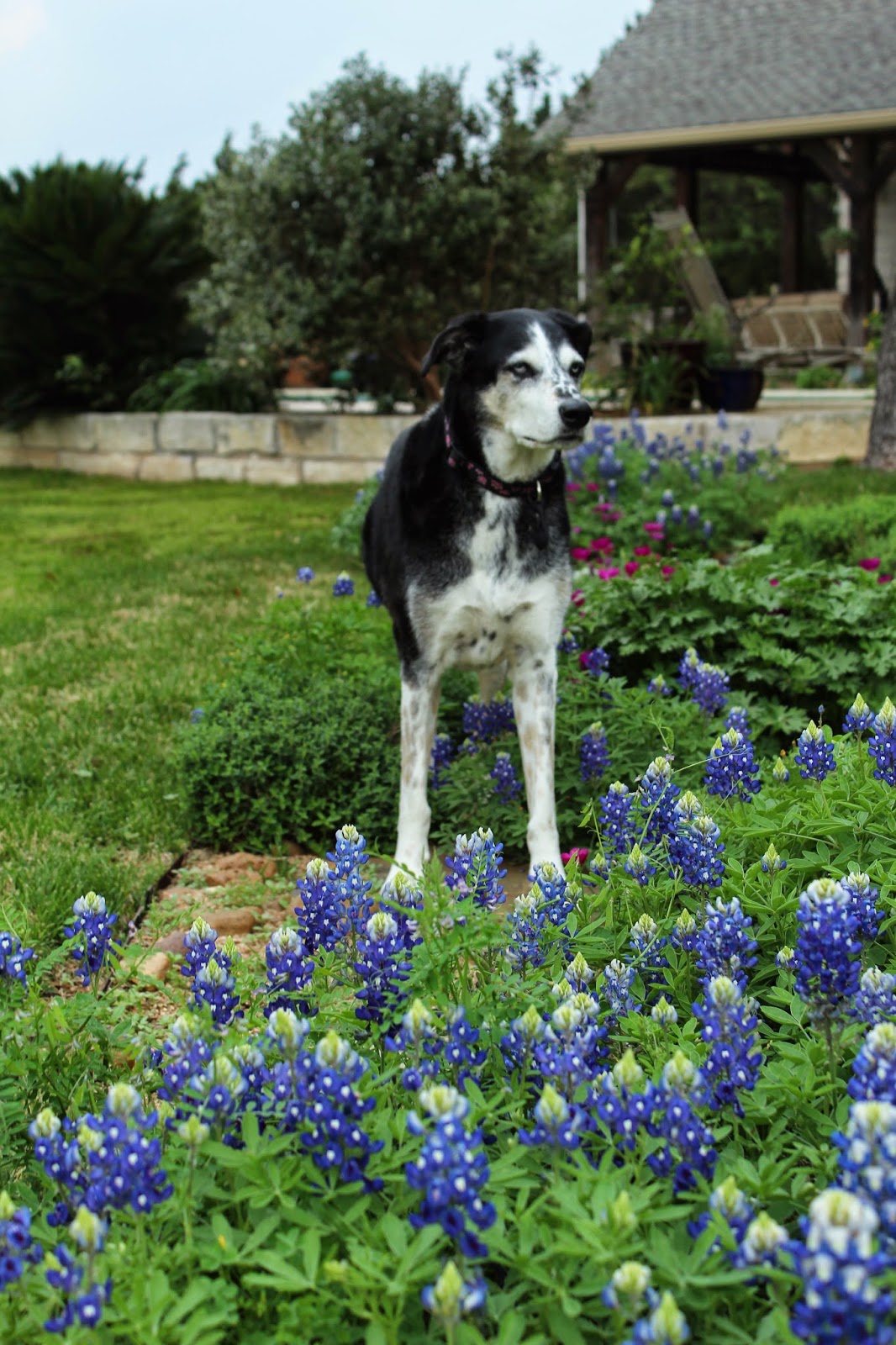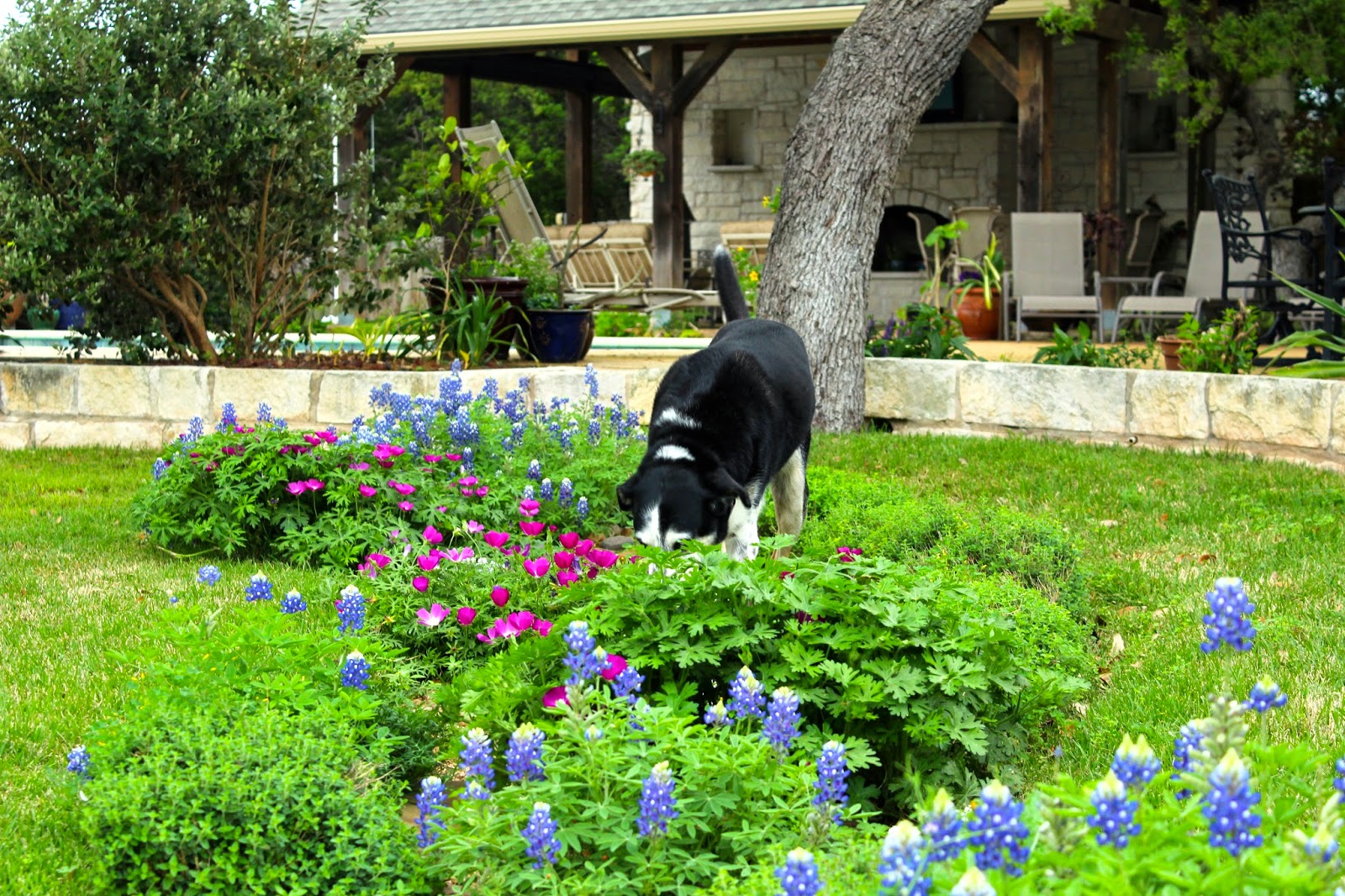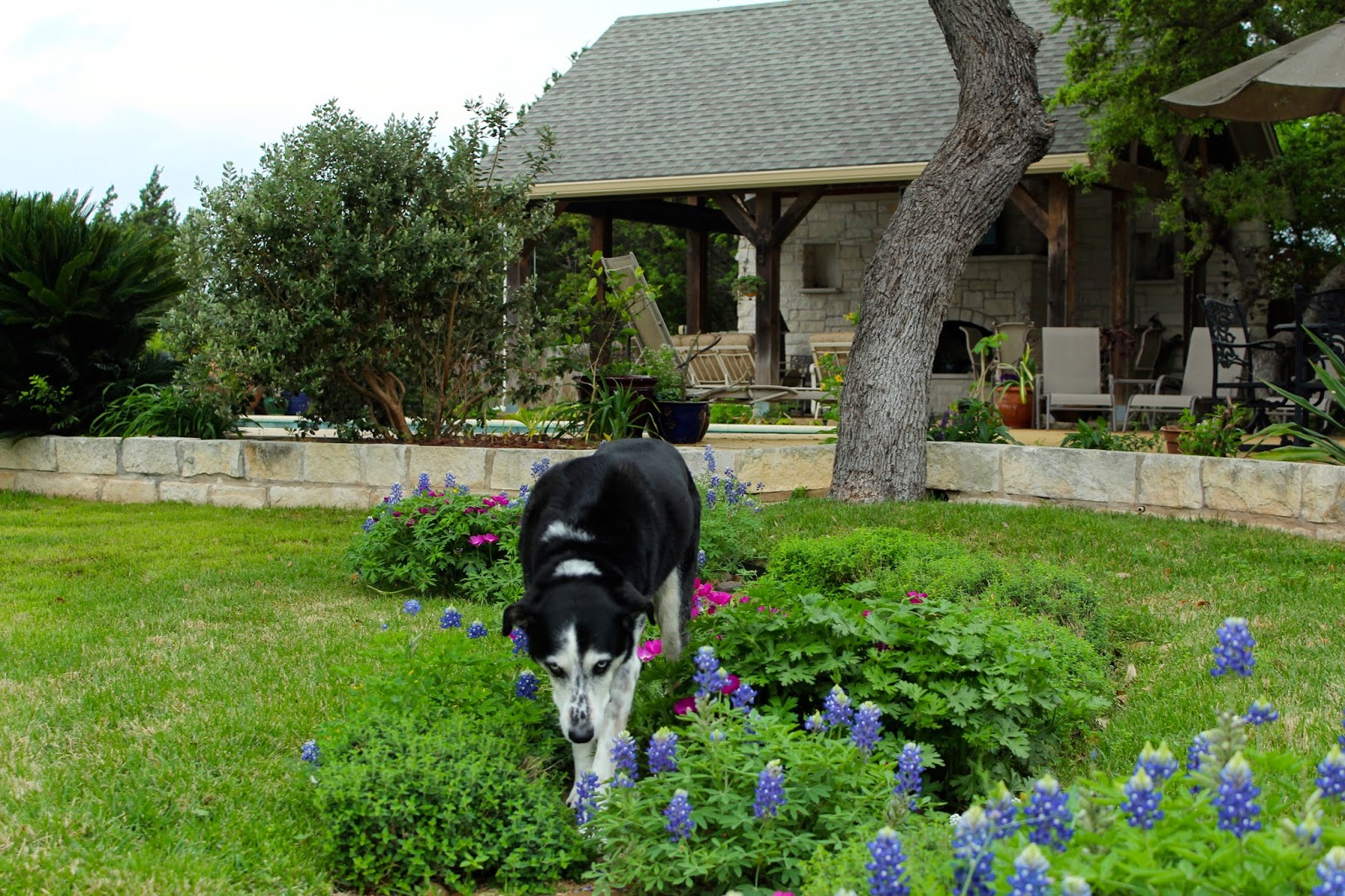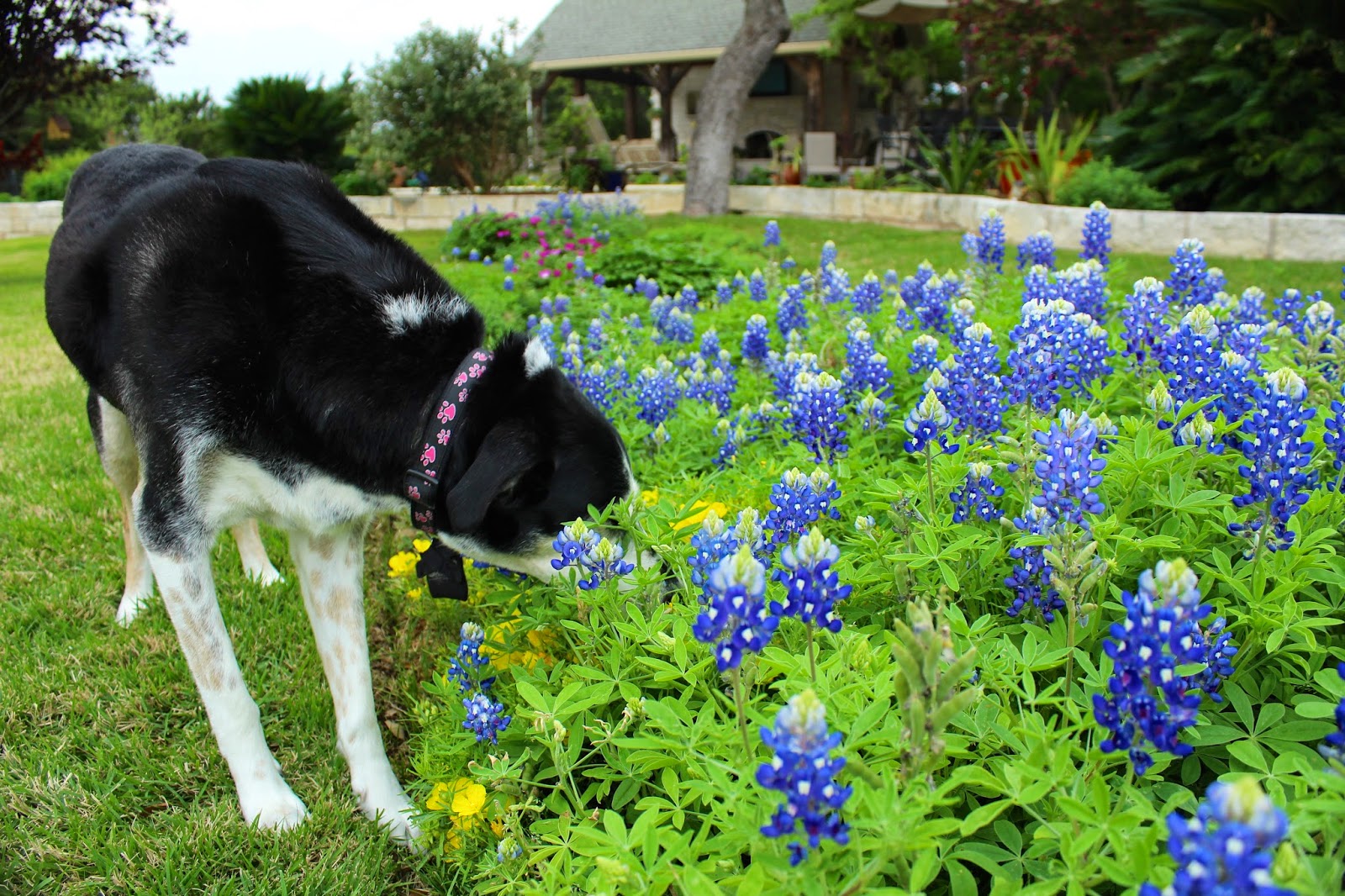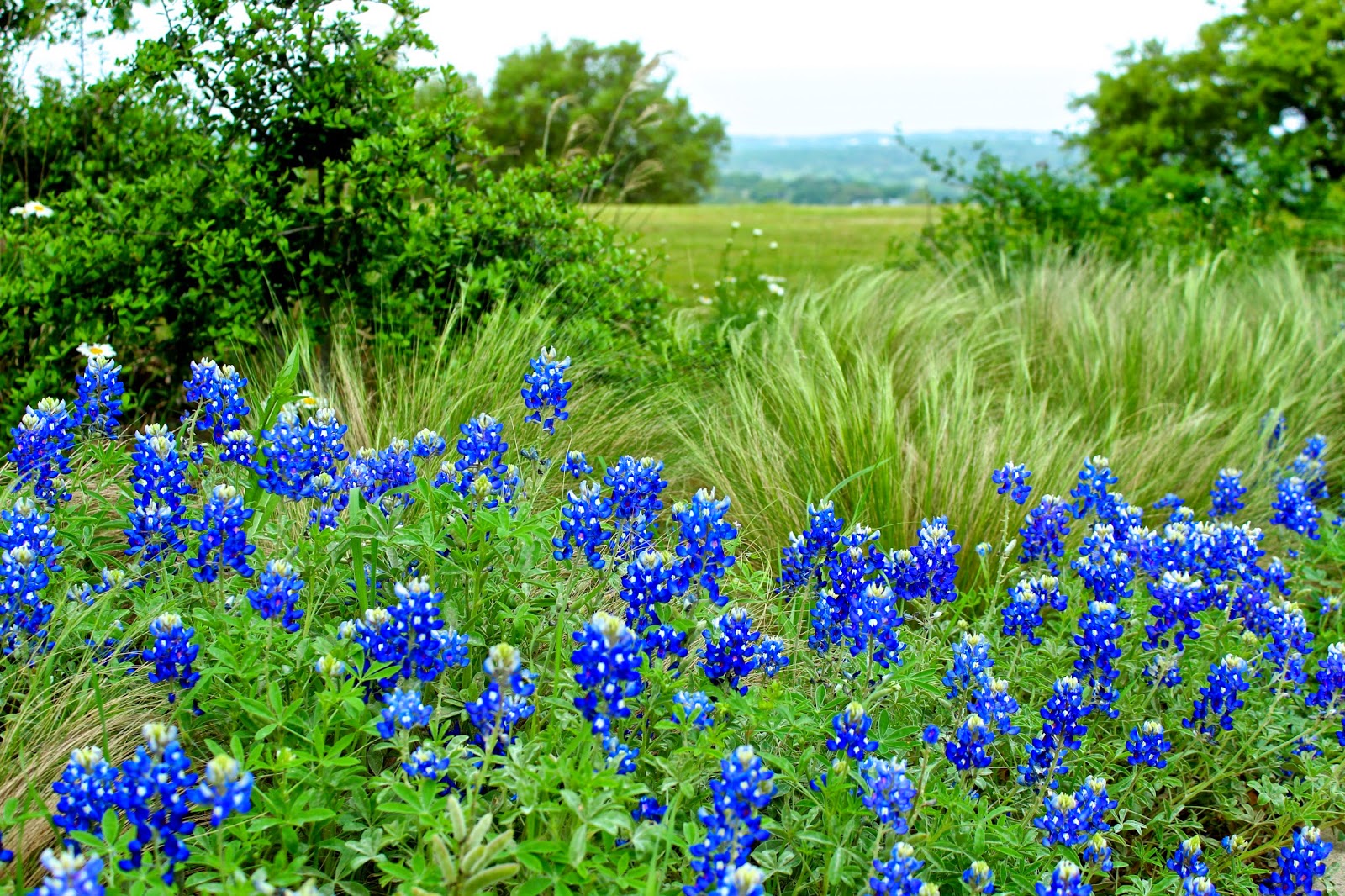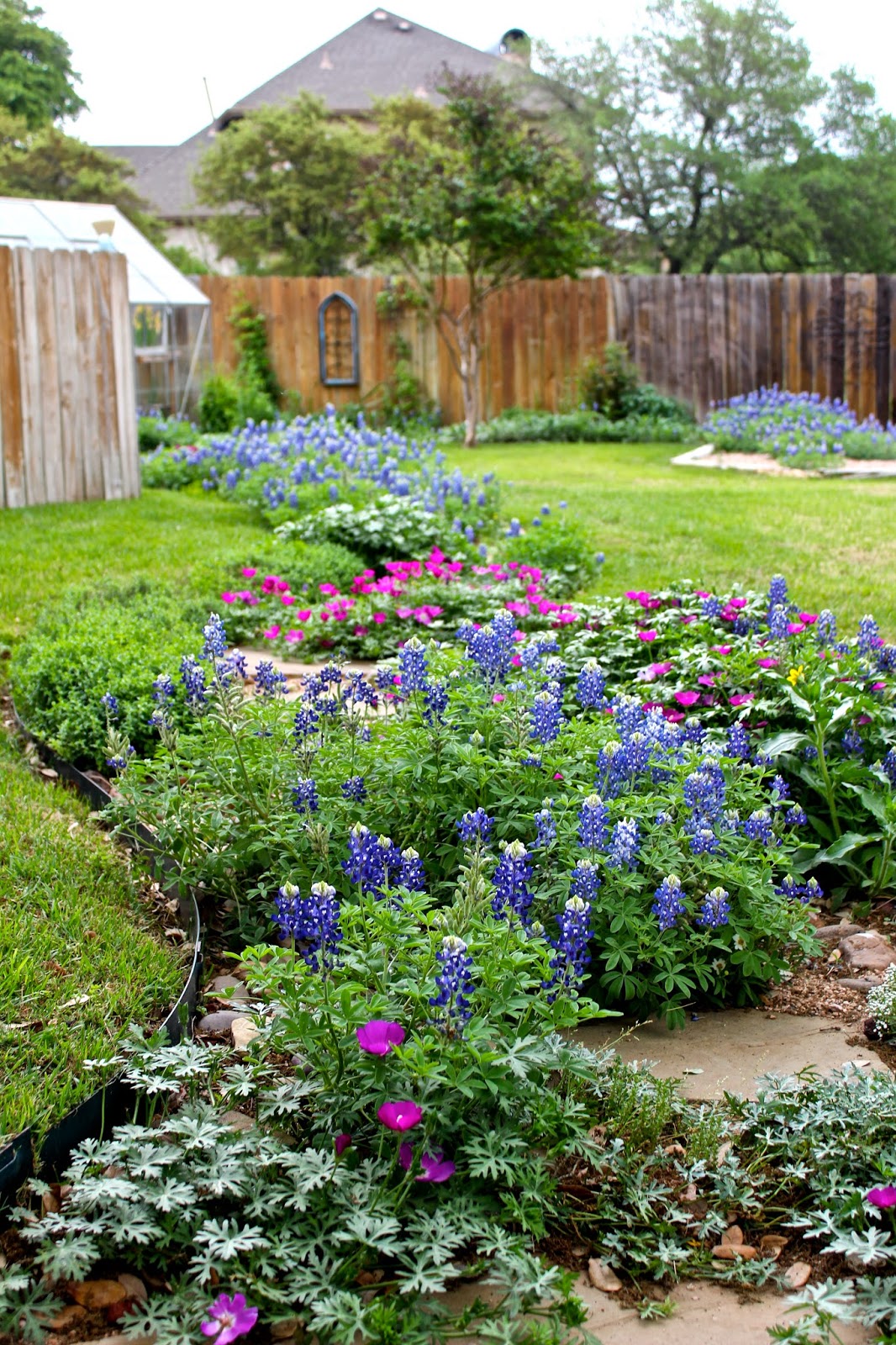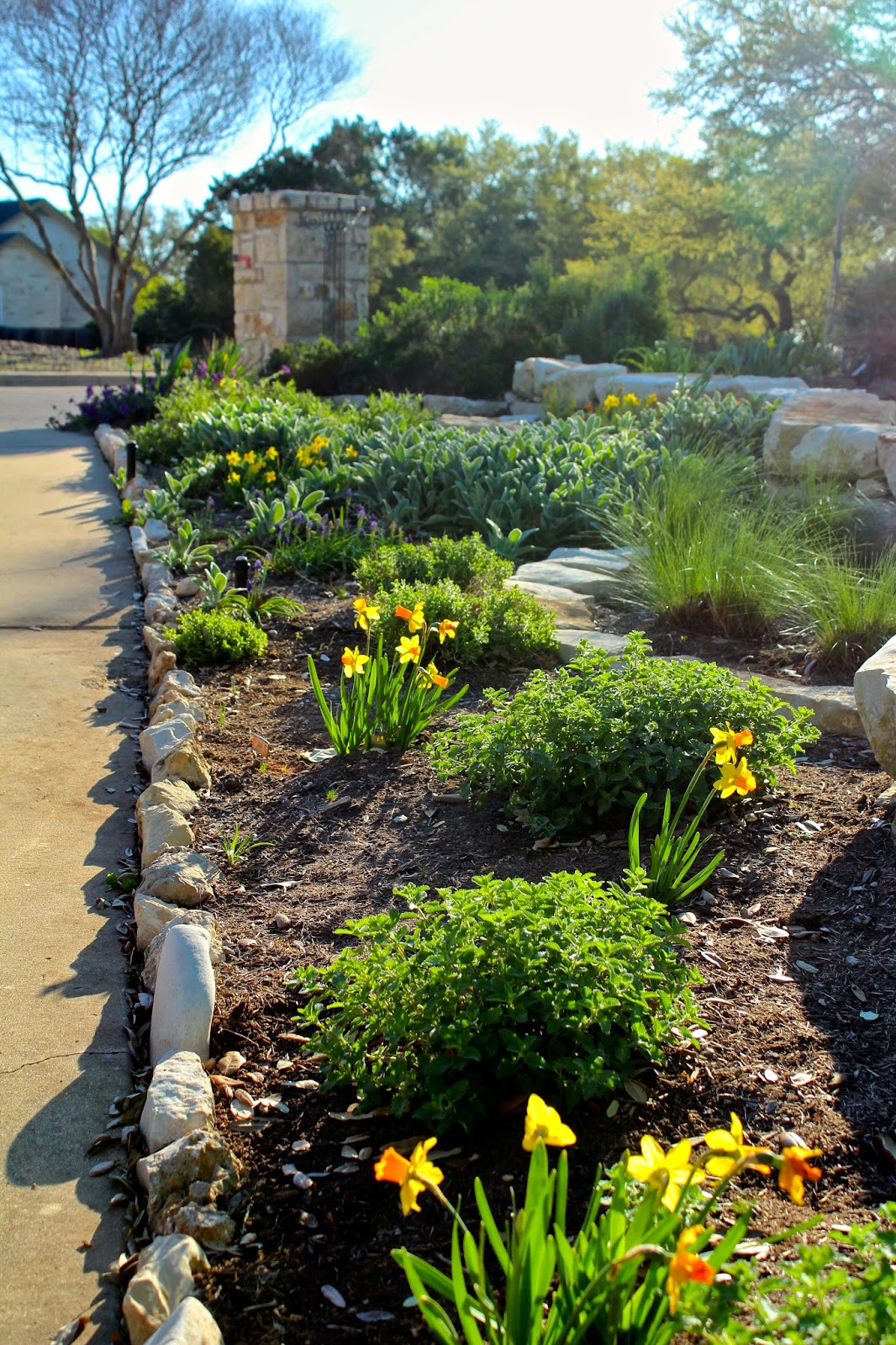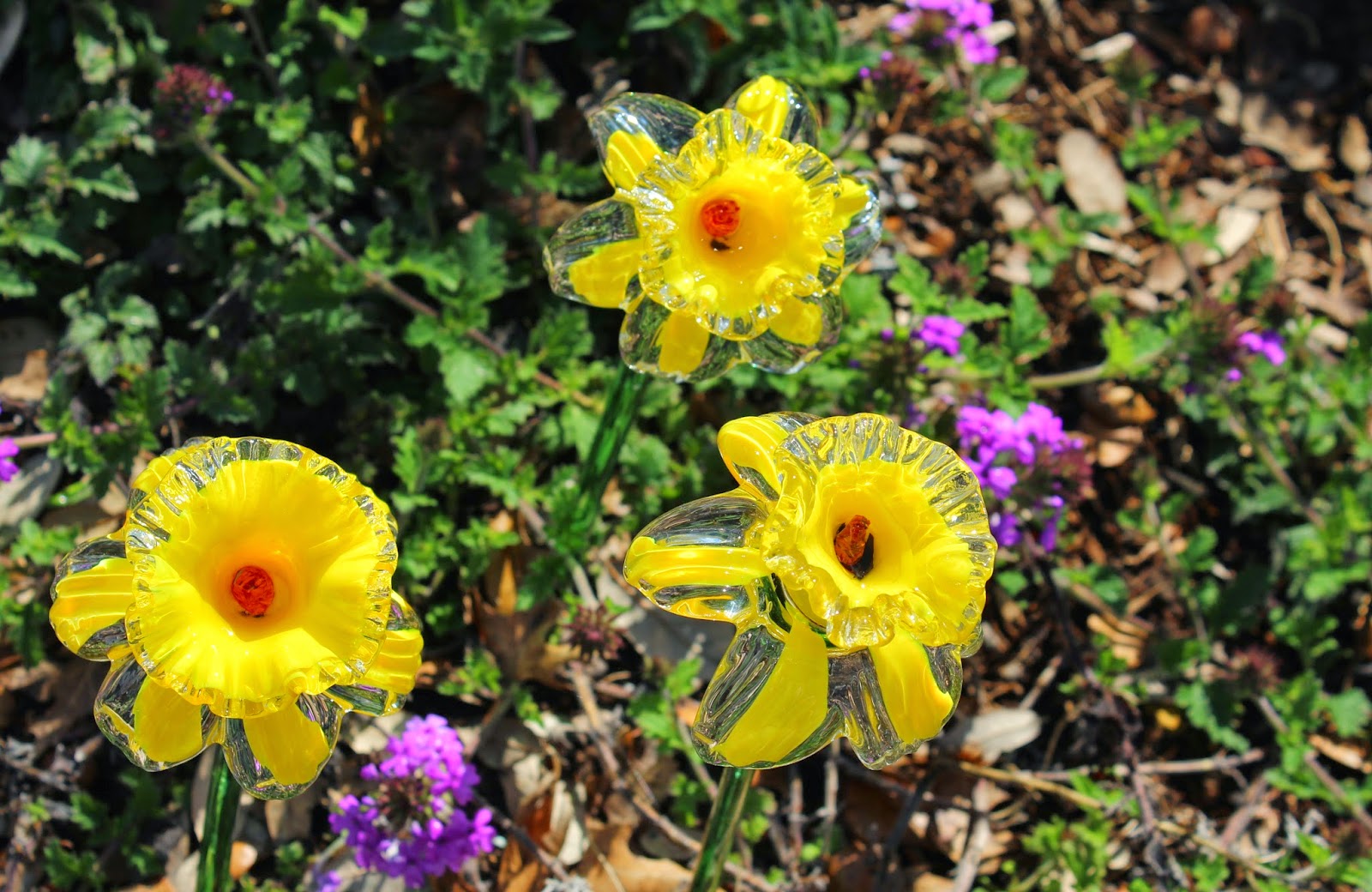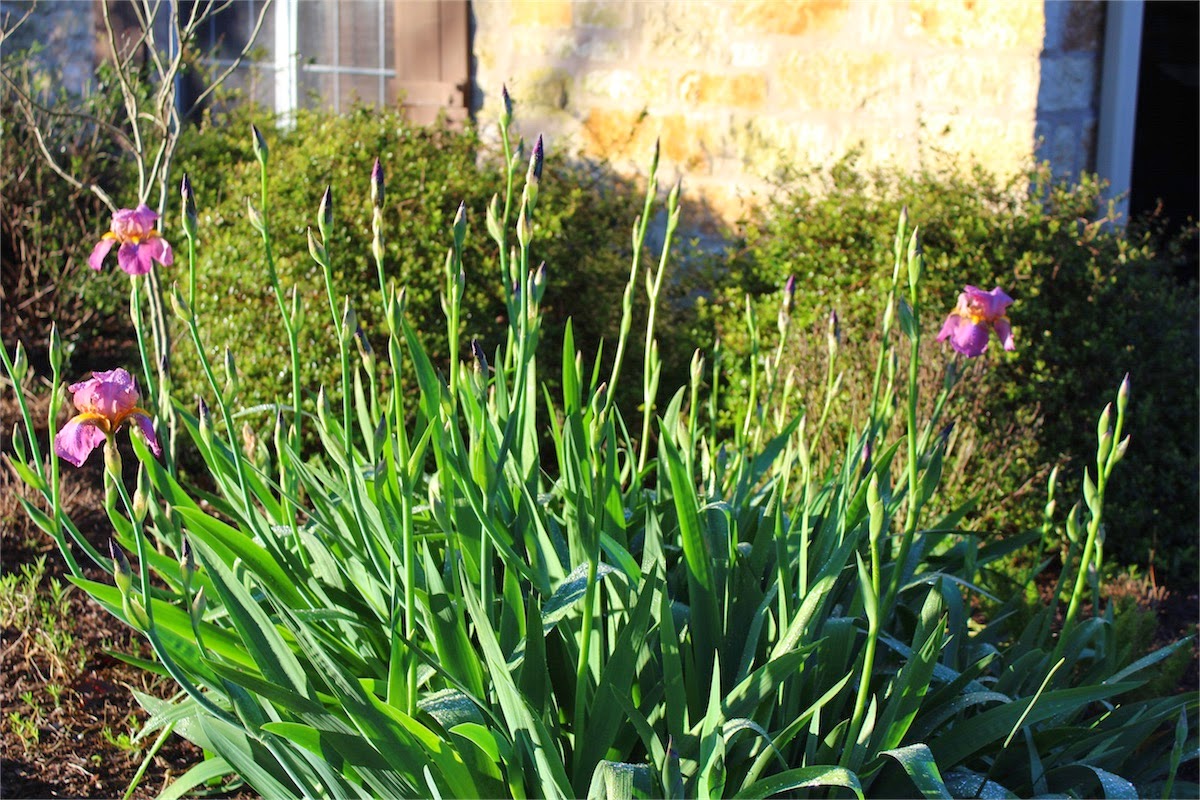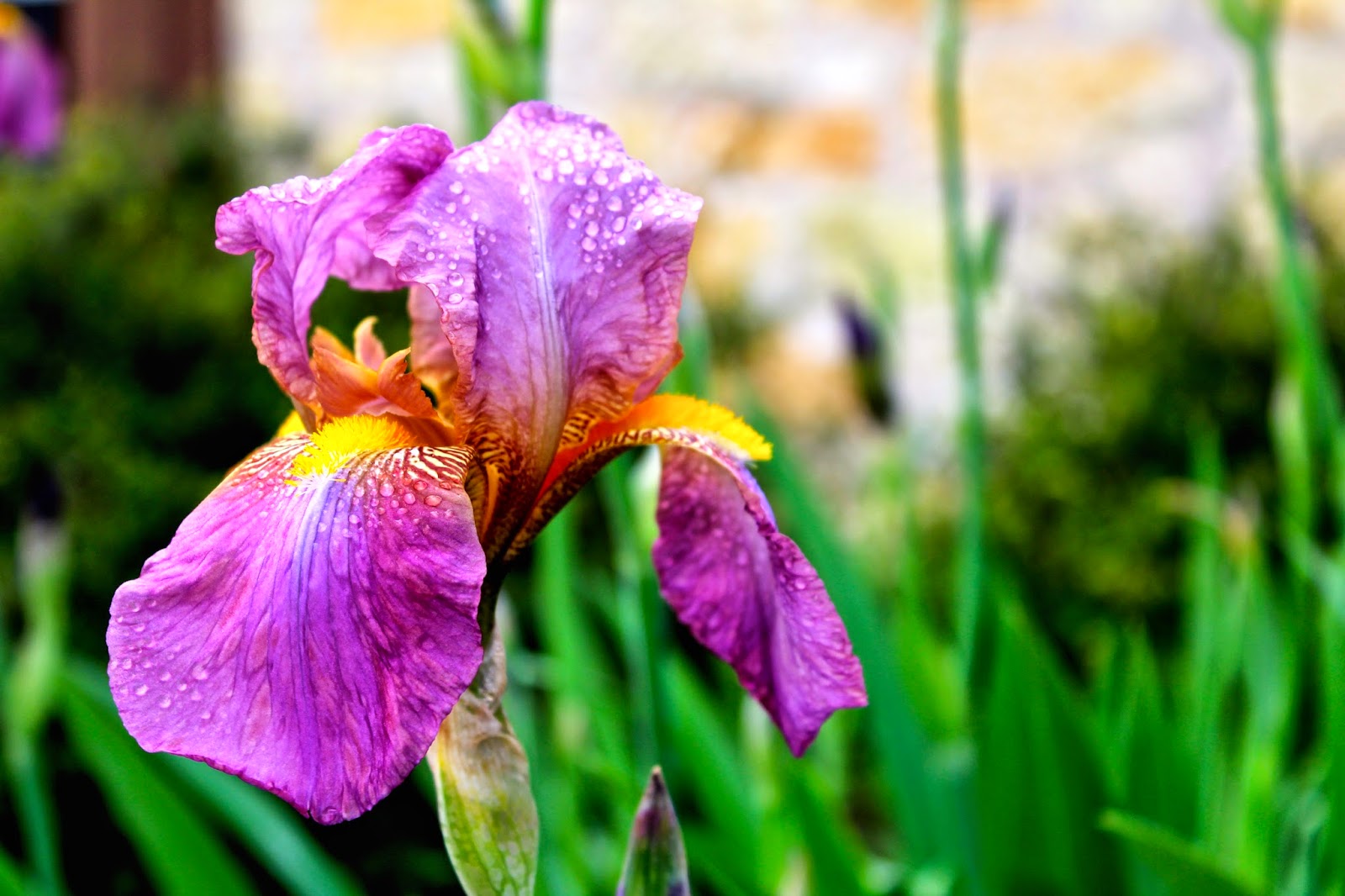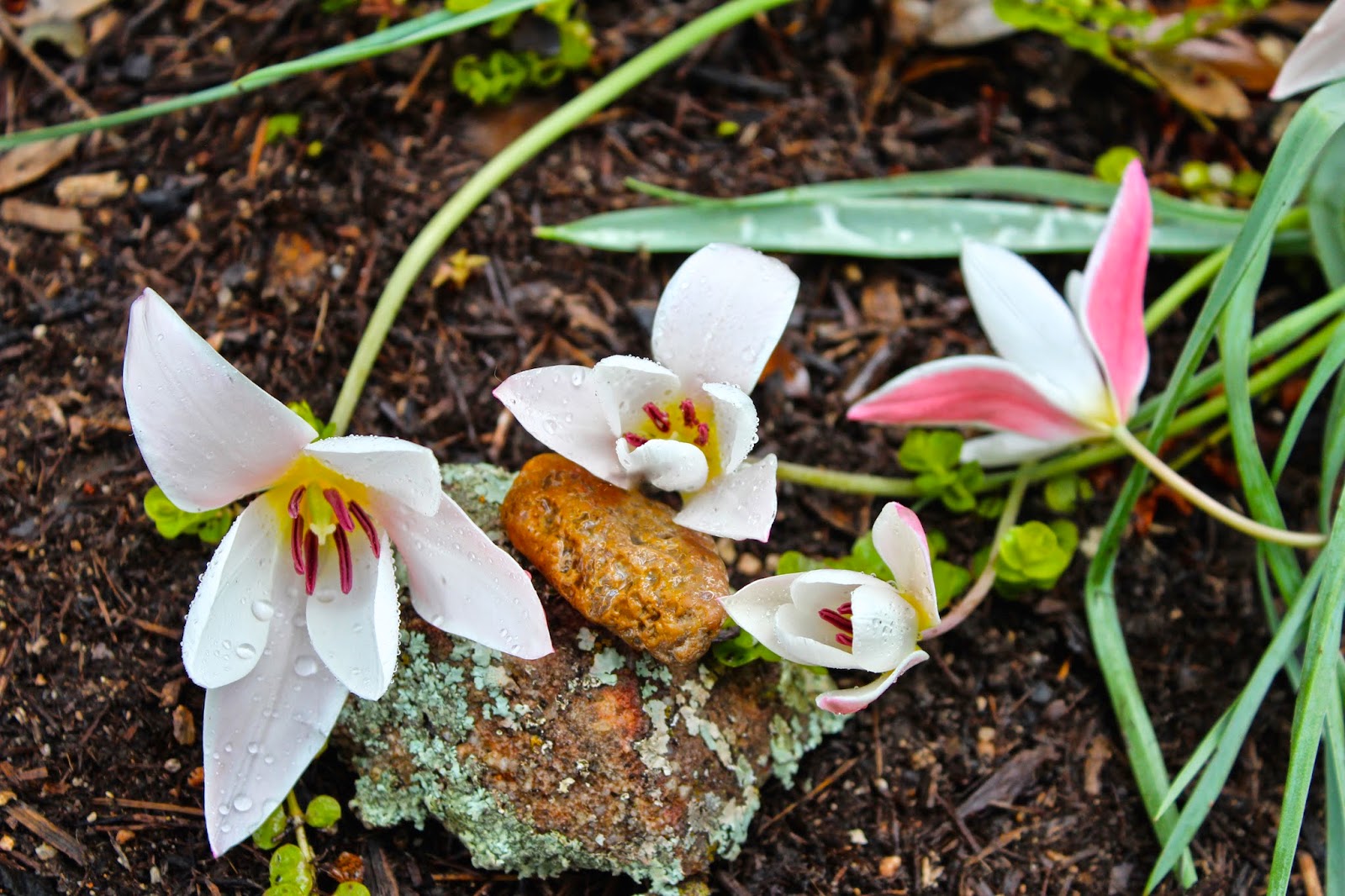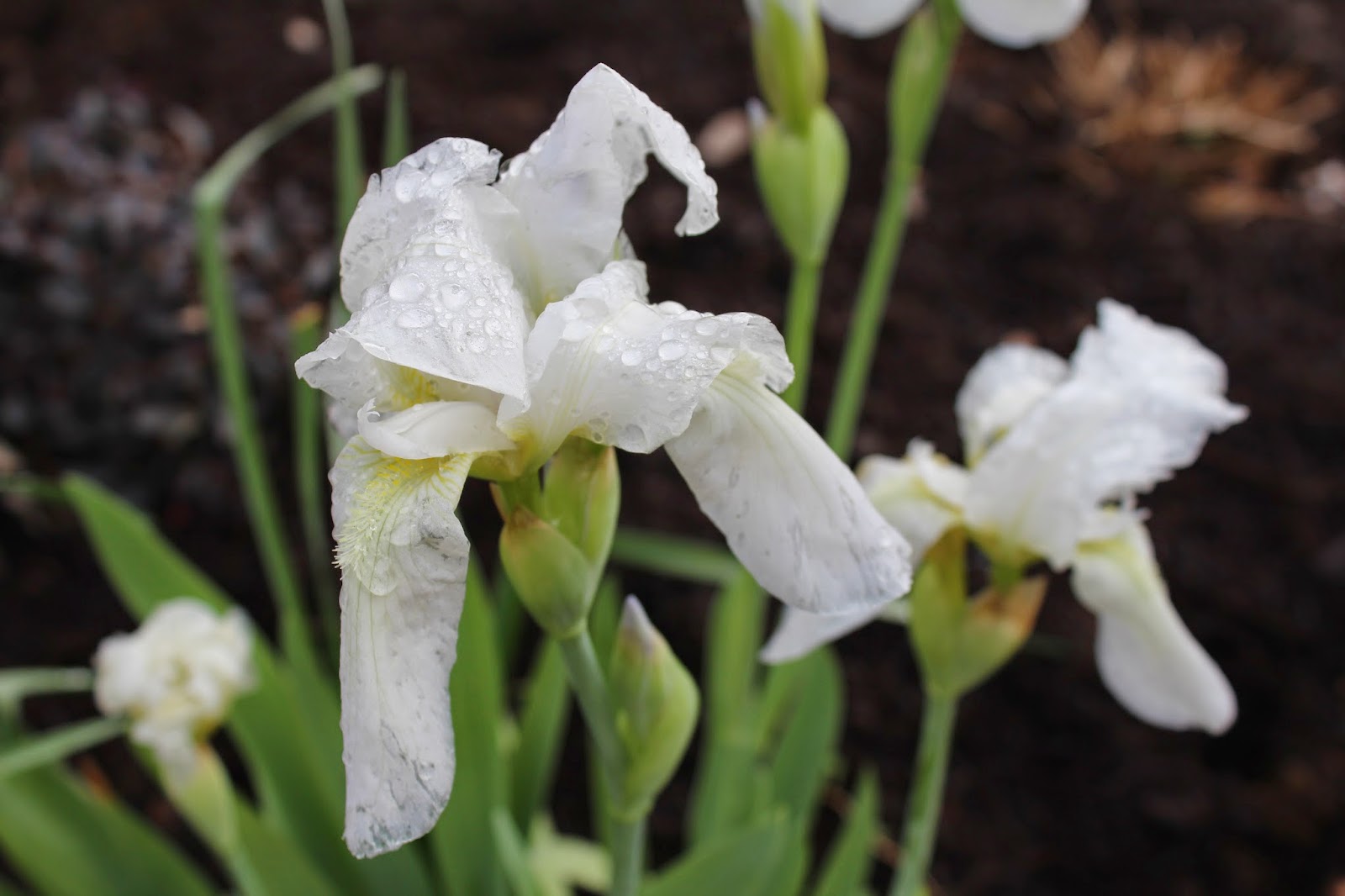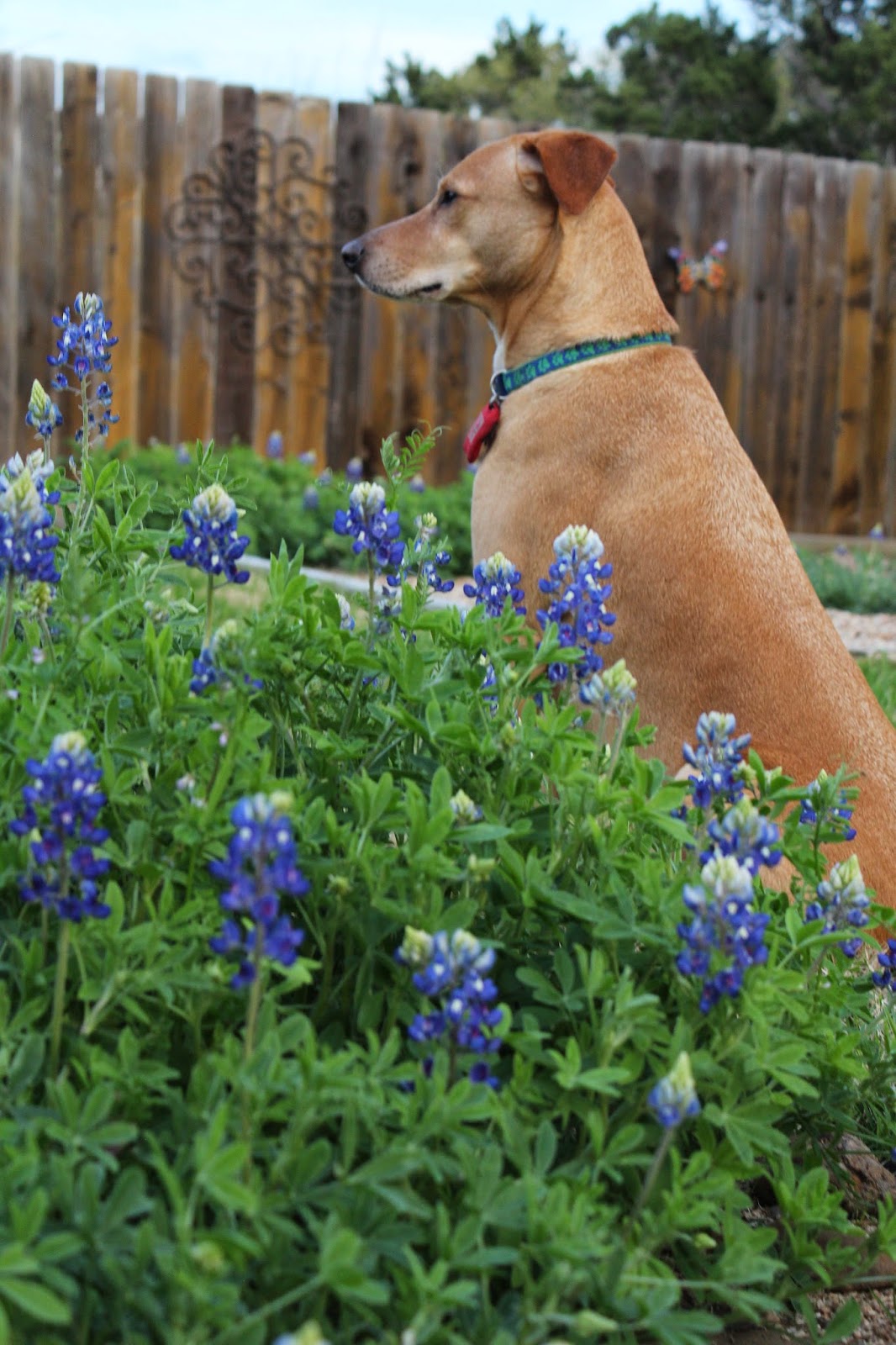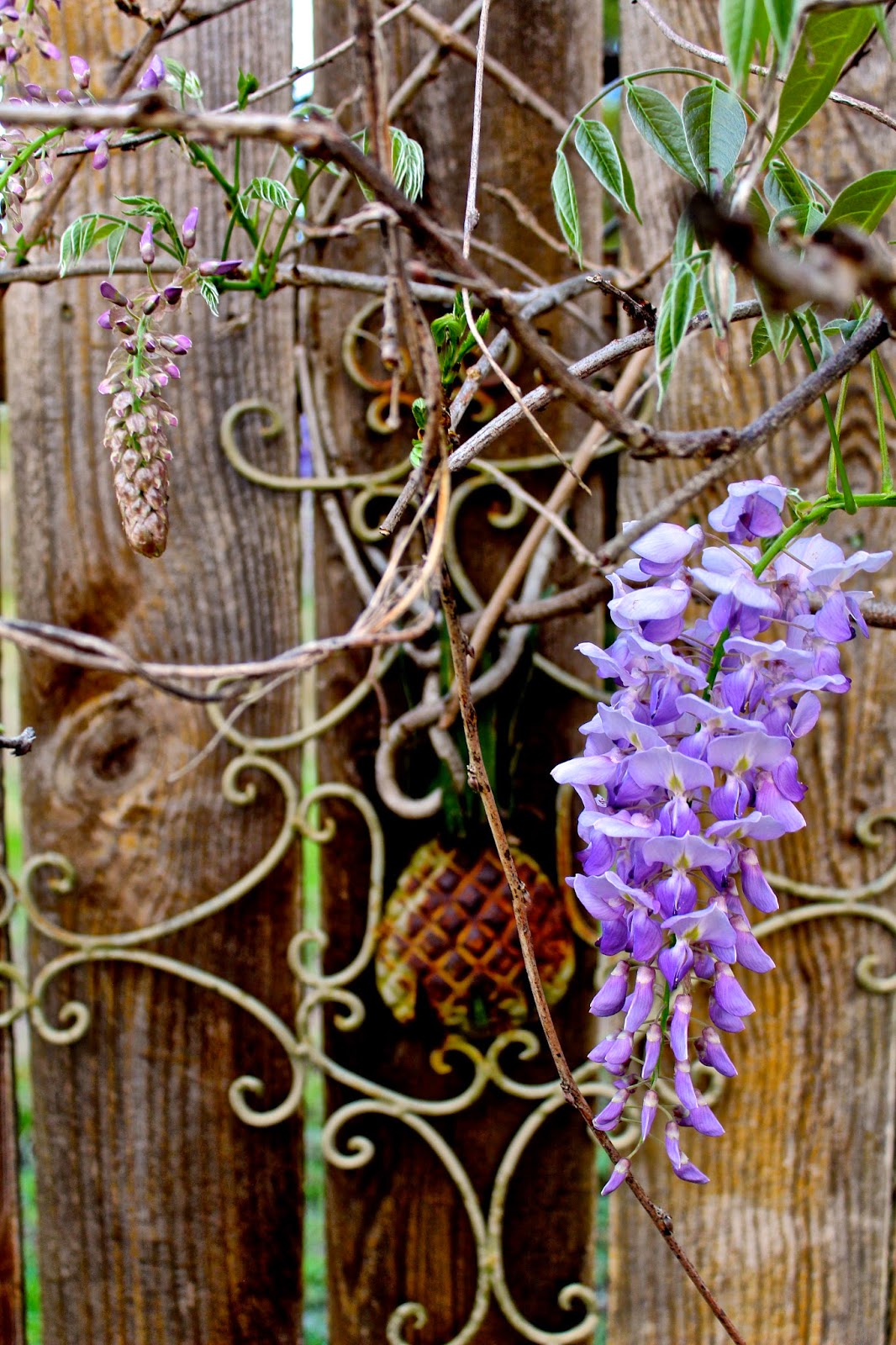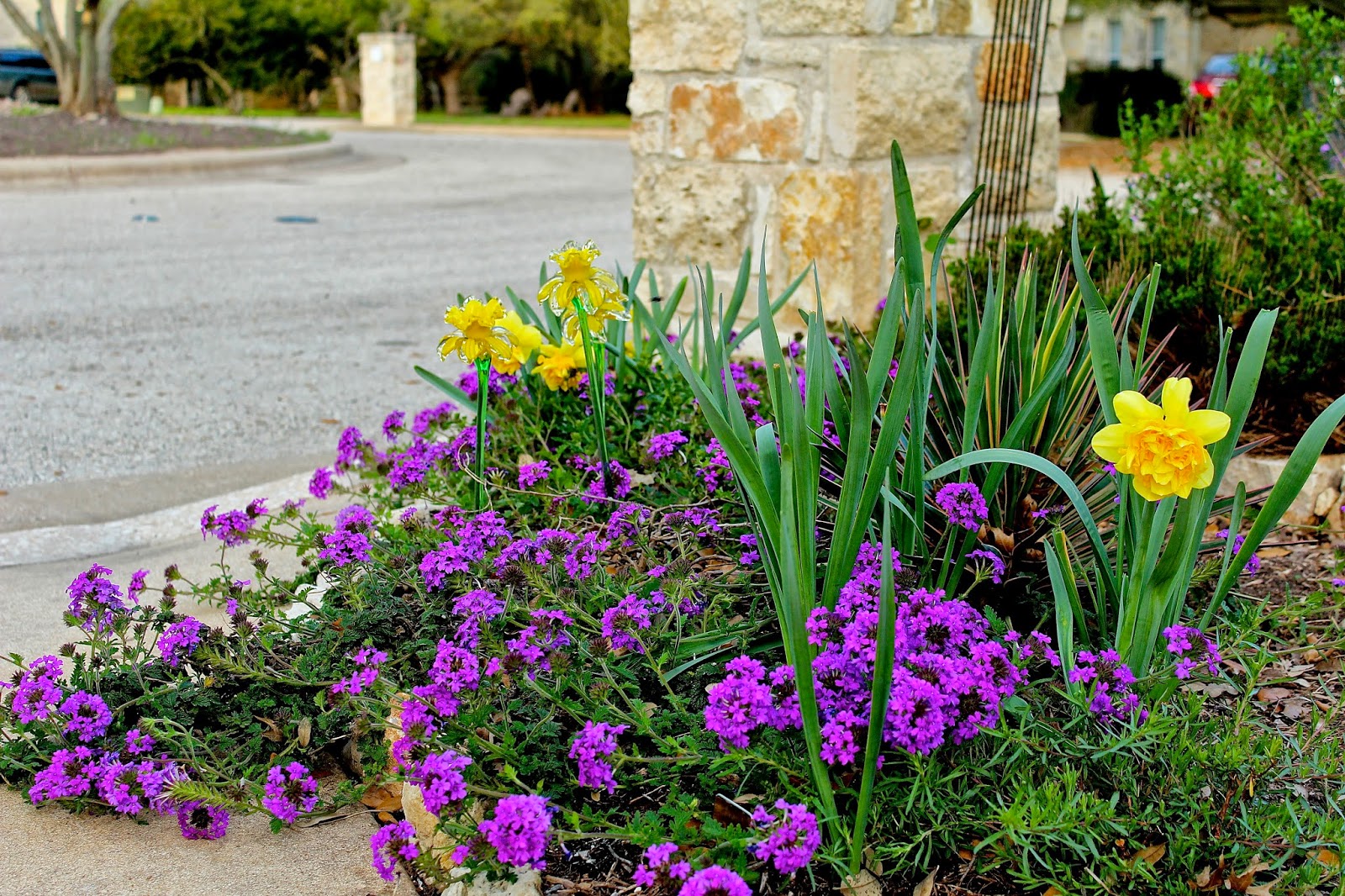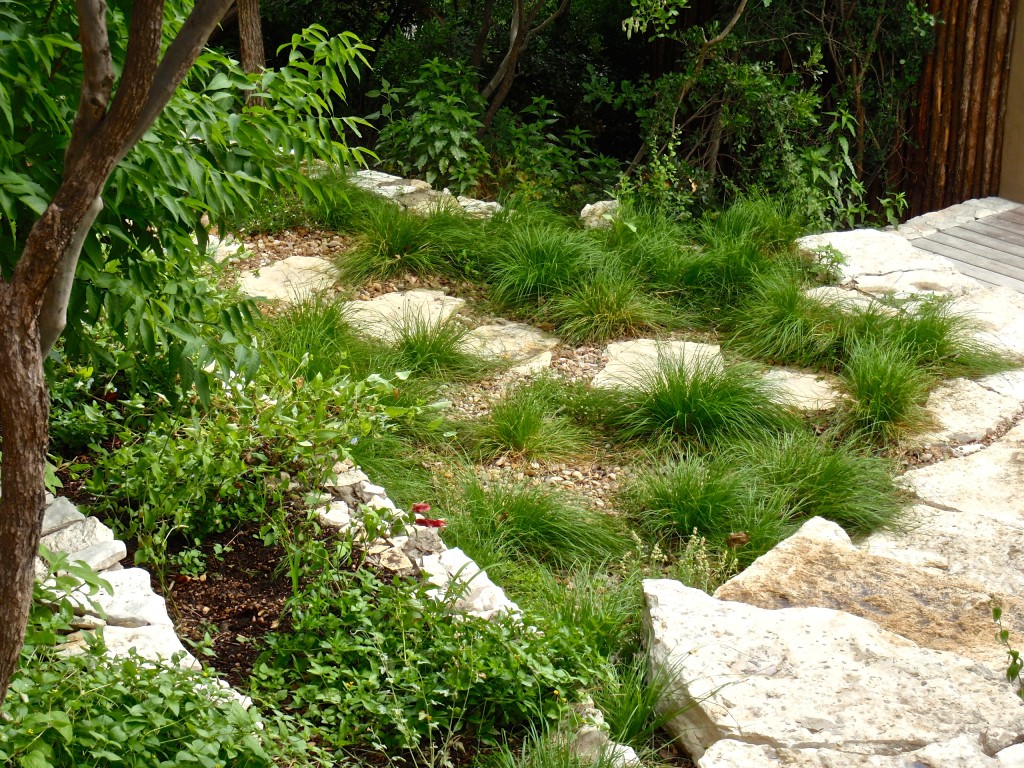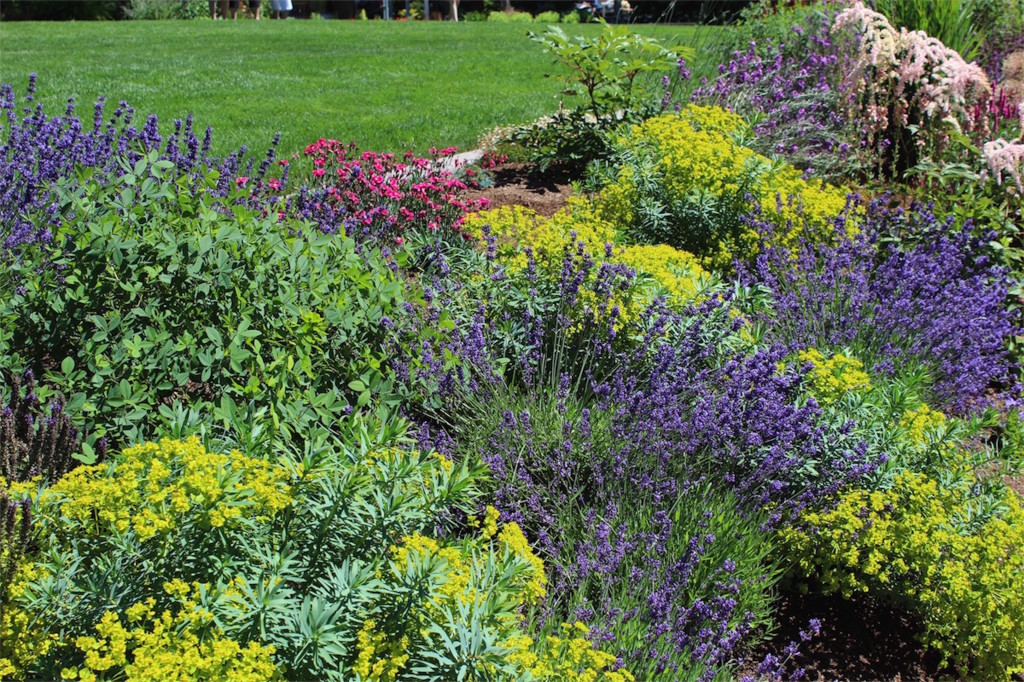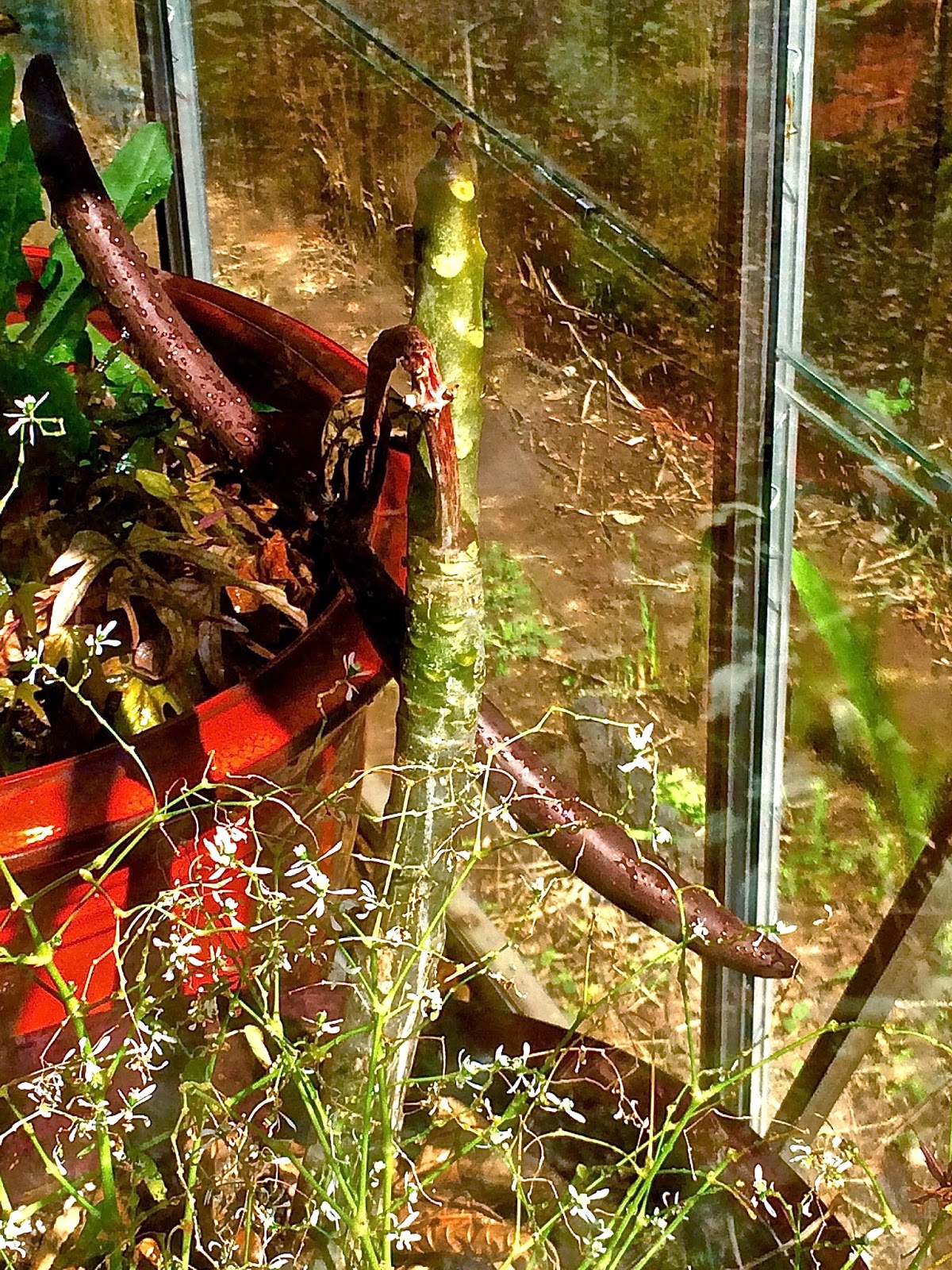What’s down there inside of all these bluebonnets?
Who knew that dogs were so interested in bluebonnets? She’s my sniffer girl – part long-legged hound, part catahoula and part husky.
Truth be told, she’s not really that interested in the bluebonnets – but she does like having a nice winecup snack.
Last year, she uprooted all of my winecup plants in this flagstone and decomposed granite path. Apparently this beautiful trailing wildflower’s tuberous roots are quite tasty!
Side note: Dakota has also been known to dig up and eat other bulbs, like agapanthus. I dug it out of the front garden because the deer were eating it. Little did I know that the deer sent a memo to Dakota, alerting her of it’s tasty bulbs. So, now I have no safe zone … and no agapanthus.
Awwww, Momma, I’m really a good girl…

